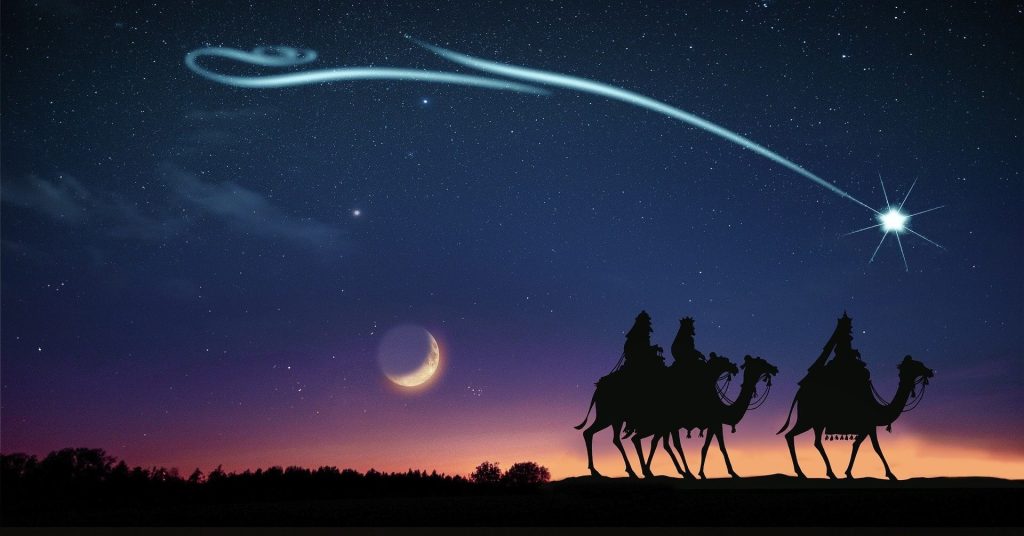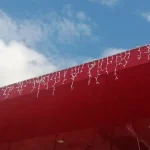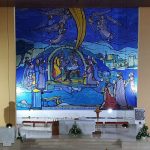With the fireworks of New Year’s Eve almost one week behind us, Christmas already feels like it was quite a while ago. But, with church bells ringing out across the land, Three Kings Day arrives on 6 January to remind us in Croatia that we’re not quite finished yet.
Commonly known as Bogojavljenje (Epiphany), Three Kings Day is highly significant in the Catholic calendar. It is also a day of limited but extremely distinct tradition in Croatia. Understanding these traditions requires a comprehension of some Bible scriptures. More so, perhaps, than the traditions of any other feast or celebration days connected to Christmas.
What is Bogojavljenje (Epiphany) – Three Kings Day in Croatia?
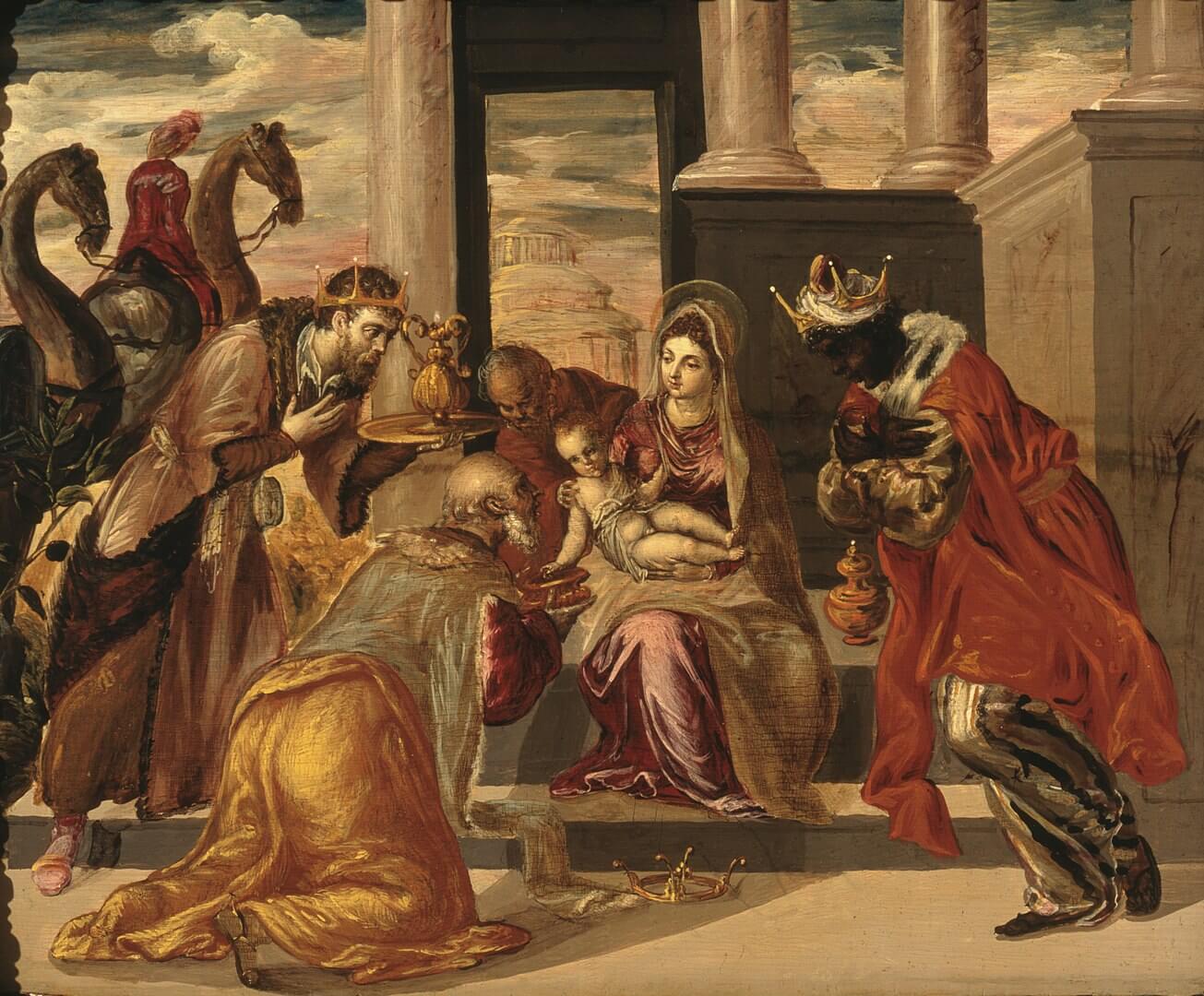 Adoration of the Magi by El Greco
Adoration of the Magi by El Greco
January 6 is celebrated in the Catholic church as both Epiphany and the day of the Three Kings. Epiphany is the revelation of Jesus as the Son of God to those outside Judaism. Three Kings Day is when the three kings – otherwise known as Magi or the three wise men – visit the newly-born Jesus and present gifts to him.
These could look like two different celebrations that just happen on the same day. But, in fact, they are not at all separate. Although, their connection does take some explaining. And the traditions the day creates in Croatia takes even more explaining.
Who are the Three Kings aka the Three Magi?
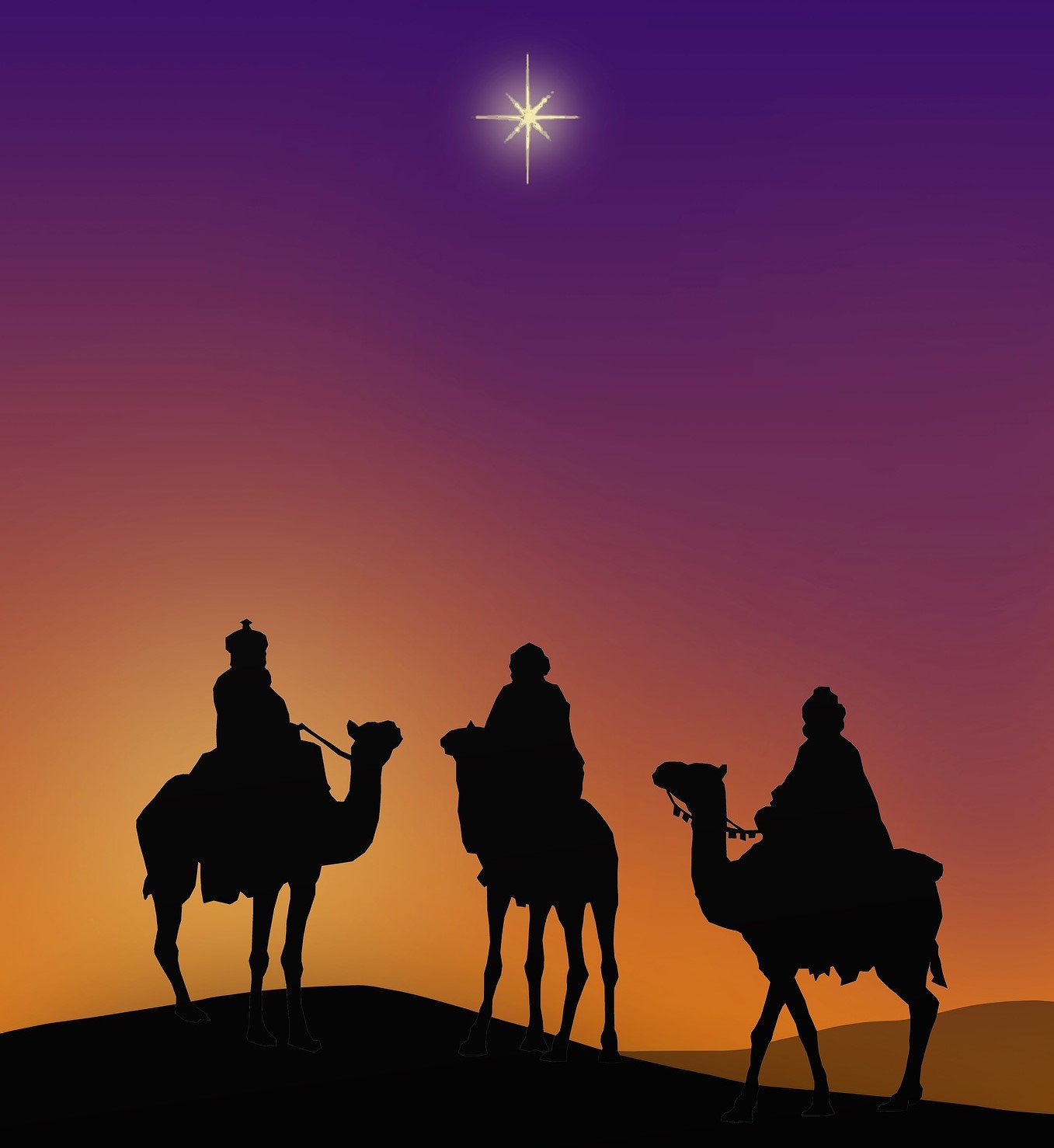 The Magi, celebrated on Three Kings Day in Croatia
The Magi, celebrated on Three Kings Day in Croatia
If you’ve seen a nativity scene or any Christian art related to Christmas, you’ll be familiar with the image of the Three Kings. But, actually, they are not in the Bible. What the Bible says is, Magi arrive in Jerusalem at the time of Jesus’s birth. They ask the location of the ‘king of the Jews’ so they can pay tribute. No number is allocated to the Magi.
However, the Bible details that the Magi carry with them three gifts for Jesus – frankincense, gold and myrrh. It is from this number of gifts that the embellished western tradition presumes the number of Magi. In the eastern church, the number of Magi is actually set at 12!
Their number is not the only way their story has been enhanced. Over the years, the Magi have been given very different places of origin. In some of the first embellishments, the kings are said to represent lands of Arabia, Persia and India. But, as Christianity spread, the story changed – perhaps to be either more inclusive or reflect self-importance. Later versions have the kings representing Asia, Africa and Europe. The Bible actually says all three arrive from the east (Africa and Europe are obviously not east of Judea.)
From the 8th century we find the first evidence of the Three Kings being given names – Balthasar, Melchior, and Gaspar (or Casper). In the Bible, the Magi follow a star to reach Jerusalem at the time of Jesus birth. But, they stop and ask directions. Three Kings Day is when they finally arrive to pay tribute to Jesus.
In our celebration of Christmas, this is 12 days after the birth of Jesus Christ. And yet, in every nativity and Christmas painting, shepherds attend the scene immediately after Jesus’s birth, closely followed by the Three Kings. To understand what is happening with the Three Kings and the Epiphany you need to look at the Gospel according to Matthew.
Understanding the Gospel according to Matthew
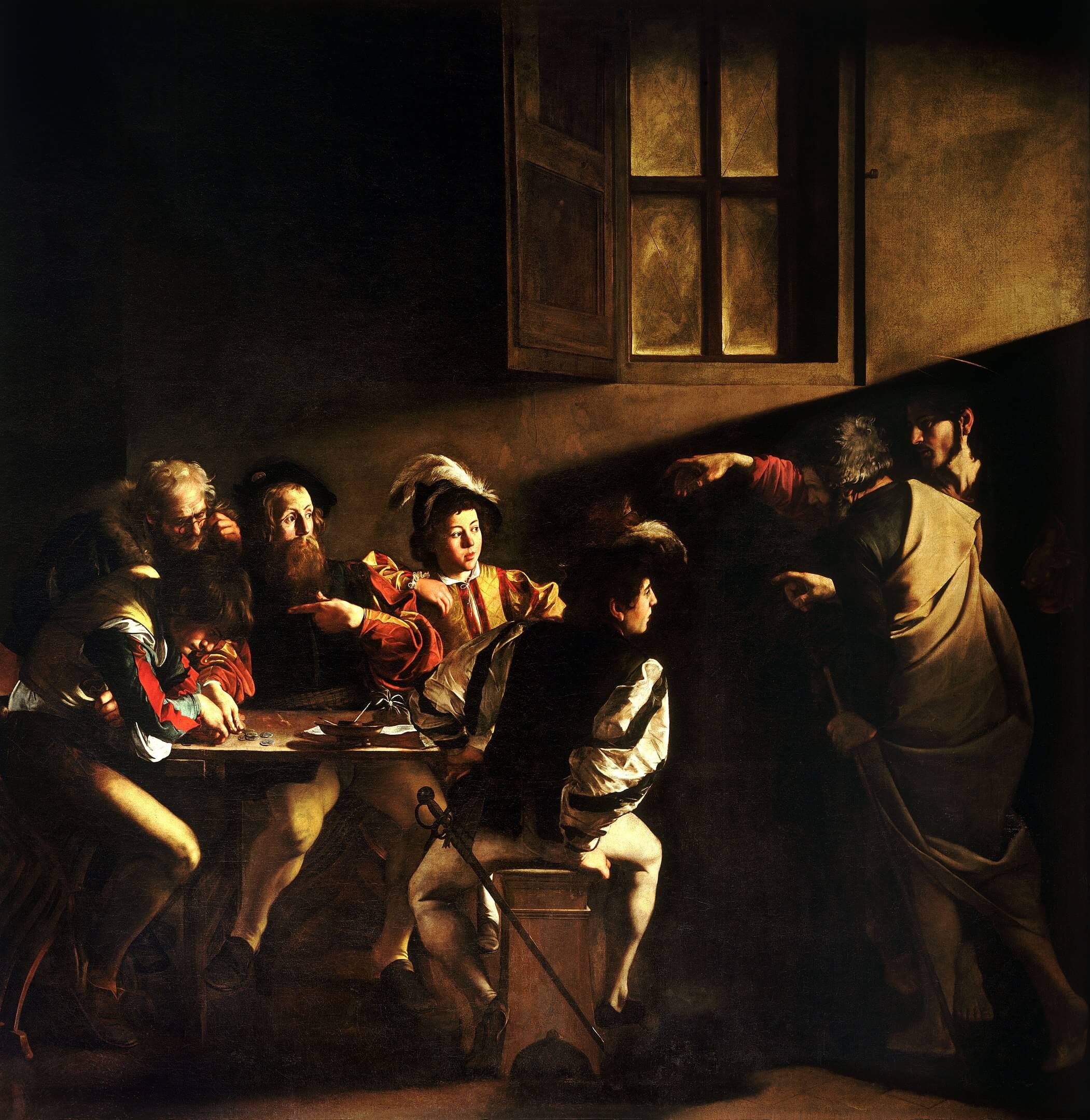 The Calling of St Matthew by Caravaggio
The Calling of St Matthew by Caravaggio
The first three books of the New Testament are Matthew, Mark and Luke. When originally written, they were not intended to be placed next to each other in a single compiled ‘book’. And so, within the first three books of the New Testament, we find quite a lot of repetition, as each of these disciples recounts the life and story of Jesus.
The Gospel according to Matthew is arguably the most famous and most detailed of these books. As an example, it is the only book where we are told about the Magi visiting Jerusalem and Jesus. It is also the most Jewish of the Gospels – in structure and in language (it is originally written in Greek).
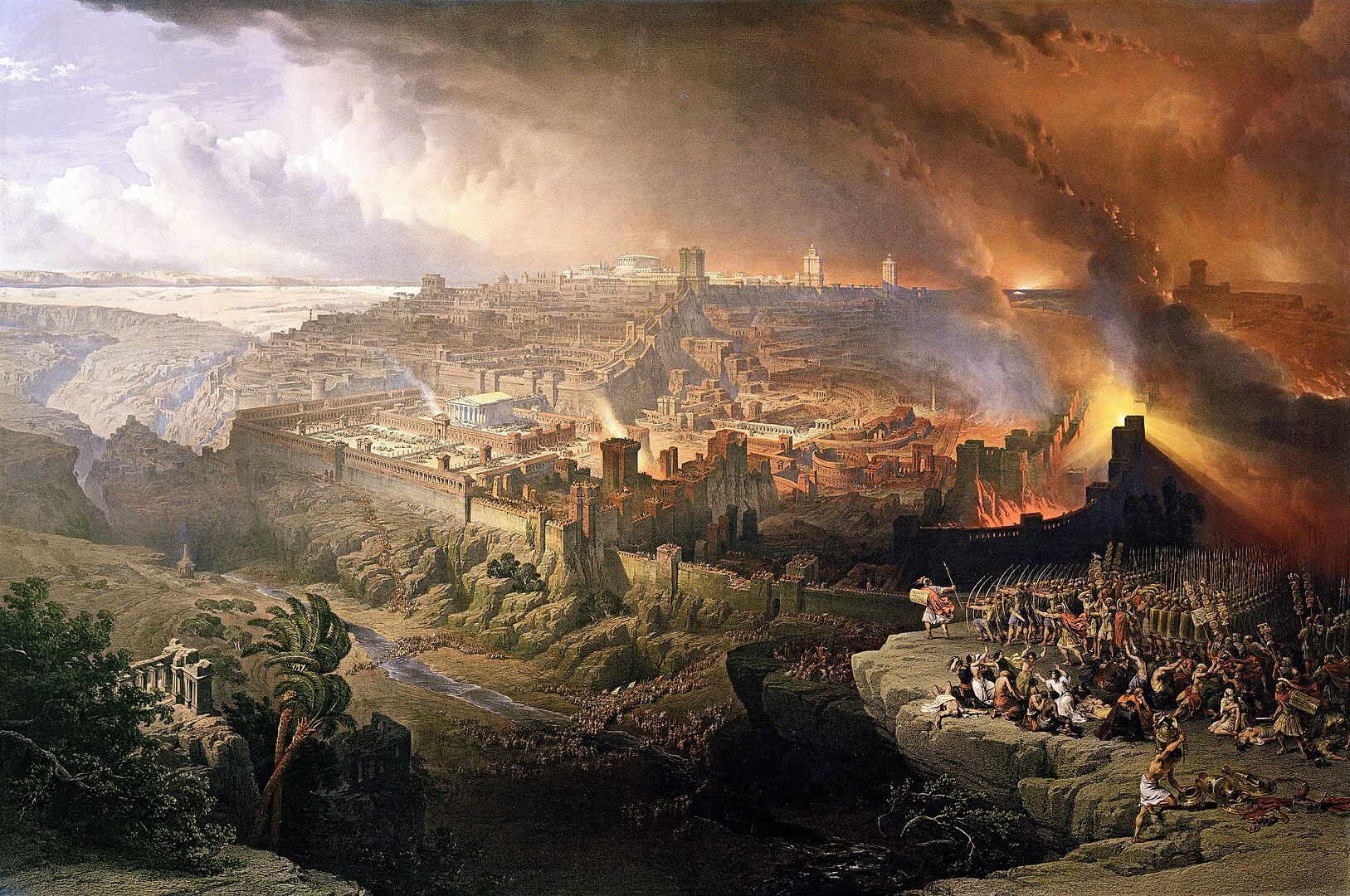 The Siege and Destruction of Jerusalem by the Romans Under the Command of Titus, by David Roberts
The Siege and Destruction of Jerusalem by the Romans Under the Command of Titus, by David Roberts
The books of both Luke and Matthew take from the book of Mark, which is widely considered to have been written first. Most scholars today agree that Matthew was written sometime between AD70 and AD100, not by Matthew himself, but by his followers. If accurately dated, the book is written within recent memory of the destruction of Jerusalem and its Jewish temple by the Romans in AD70.
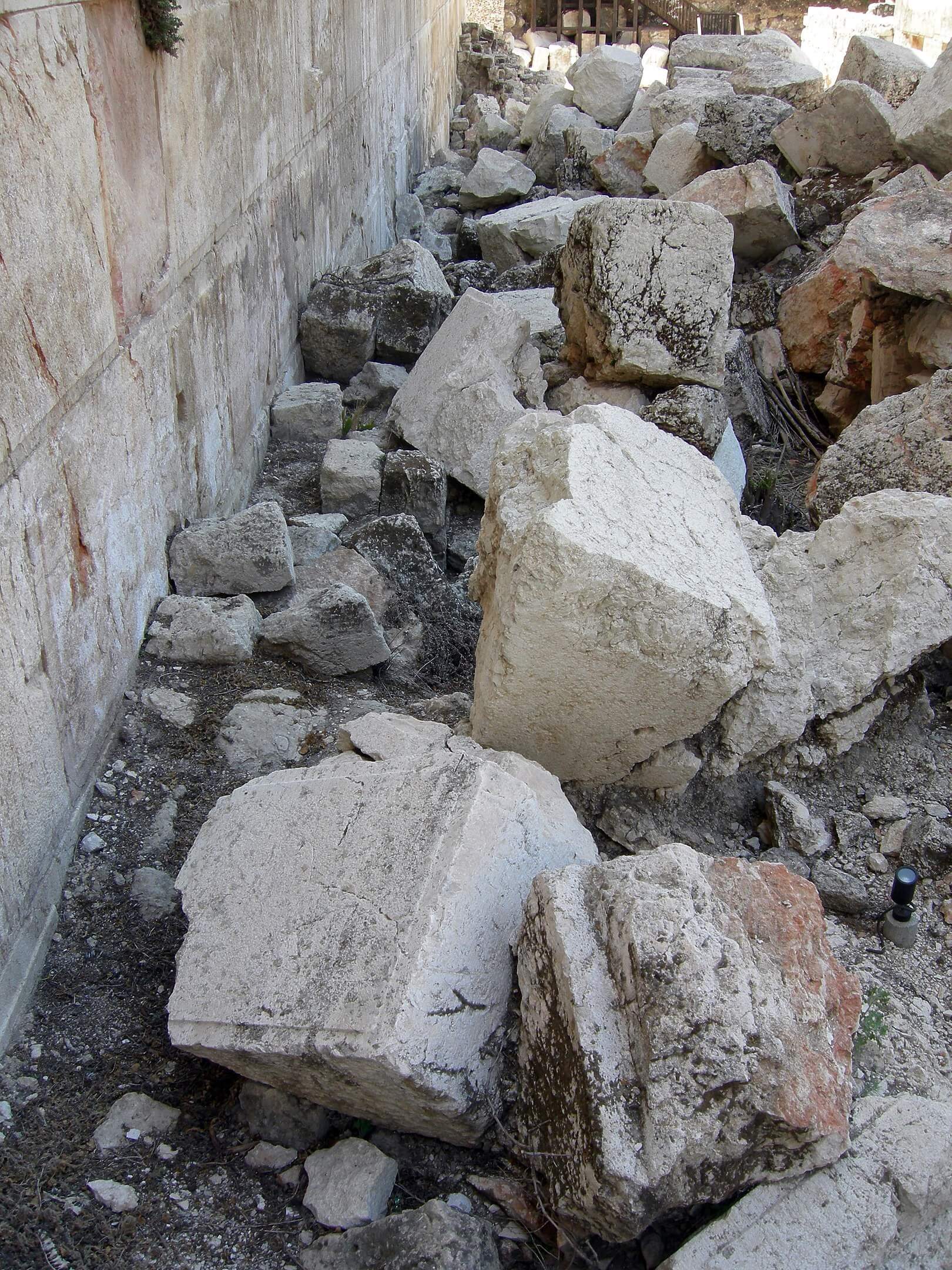 Stones from the Western Wall of the Temple Mount (Jerusalem) thrown onto the street by Roman soldiers in AD70
Stones from the Western Wall of the Temple Mount (Jerusalem) thrown onto the street by Roman soldiers in AD70
In the lifetime of Jesus, His ministry was limited to the land of Judea. Thereafter, the ministry of Matthew was similarly aimed towards Jews. The Gospel according to Matthew begins by carefully detailing Jesus as a descendant of David and Abraham. This is necessary in order for Jesus to be the Messiah spoken of in Jewish prophecy.
Several times in the gospel, Matthew is critical of Jewish Pharisees. But, he is not trying to replace Judaism with a new religion. Instead, he says Jesus is fulfilling Jewish prophecy. He instructs that Jewish scriptures should be more closely adhered to by the followers of Jesus (than they had been by ‘hypocritical’ Pharisees).
And yet, at the time it was written, a certain separation must have existed between Matthew’s followers and many Jews simply because Matthew’s followers insisted Jesus was the Messiah. The Gospel ends with the resurrected Jesus instructing “go and make disciples of all the nations”. Therefore, Matthew pre-empts the spread of the faith and stands as a bridge between Judaism and the new church. No doubt, this is part of the reason Matthew is the first book of the New Testament instead of the earlier Gospel of Mark.
That the kings come to pay tribute to Jesus in Matthew further fulfils Jewish messianic prophecy. It also positions Jesus as the Son of God for gentiles (non-Jews).
Blagoslov obitelji (family blessing) and the traditions of Epiphany (Bogojavljenje) Three Kings Day in Croatia (Sveta tri kralja)
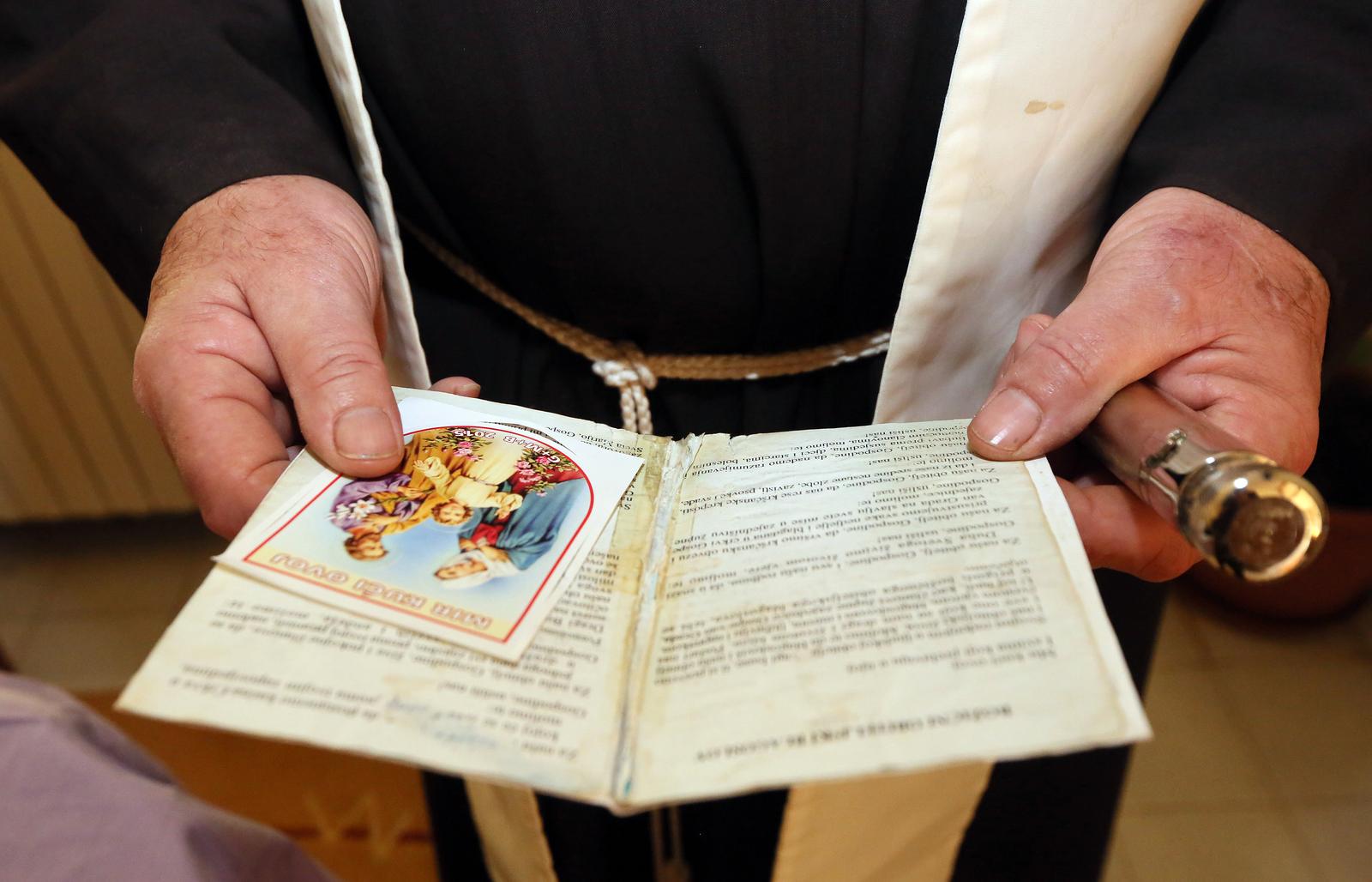 Bogojavljenje aka Three Kings Day in Croatia, by Dusko JaramazPIXSELL
Bogojavljenje aka Three Kings Day in Croatia, by Dusko JaramazPIXSELL
Traditionally, this is the day on which your local priest would visit your home to bless it and the family within. Nowadays, Croatia’s population has grown so as to make this impossible. So, in the modern era, the annual blessing of home and family take place between St. Stephen’s day (here) and today.
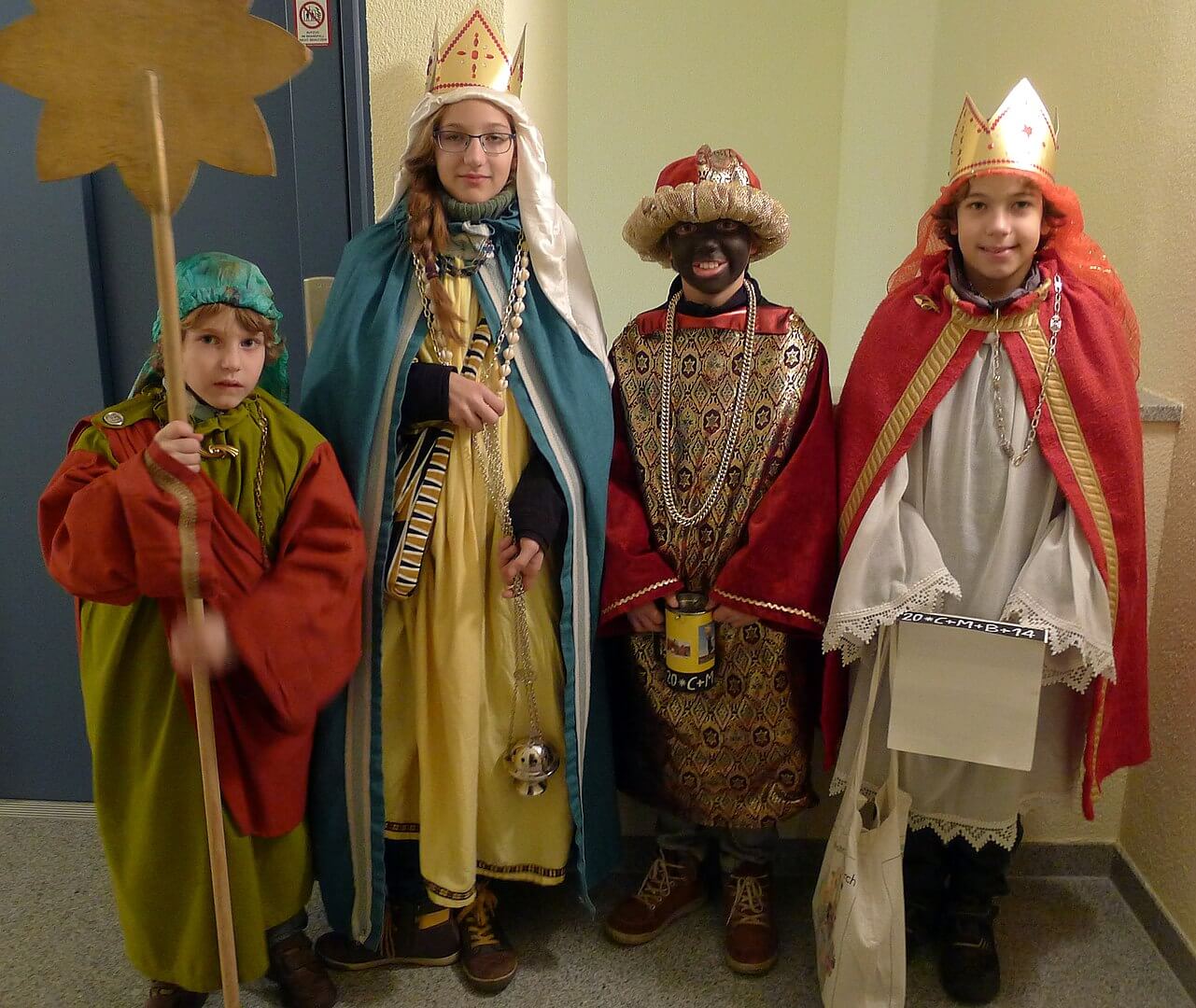 Zvjezdari in Germany, by James Steakley
Zvjezdari in Germany, by James Steakley
This is still a day of Christmas, celebration and decoration. Traditionally, the priest may have been accompanied by altar boys who rang bells to let villagers know they were on their way. These days, the altar boys could be choristers or simply young parishioners. It is not uncommon for them to sing and to be dressed as the Three Kings and carrying a star (Zvjezdari – starmen).
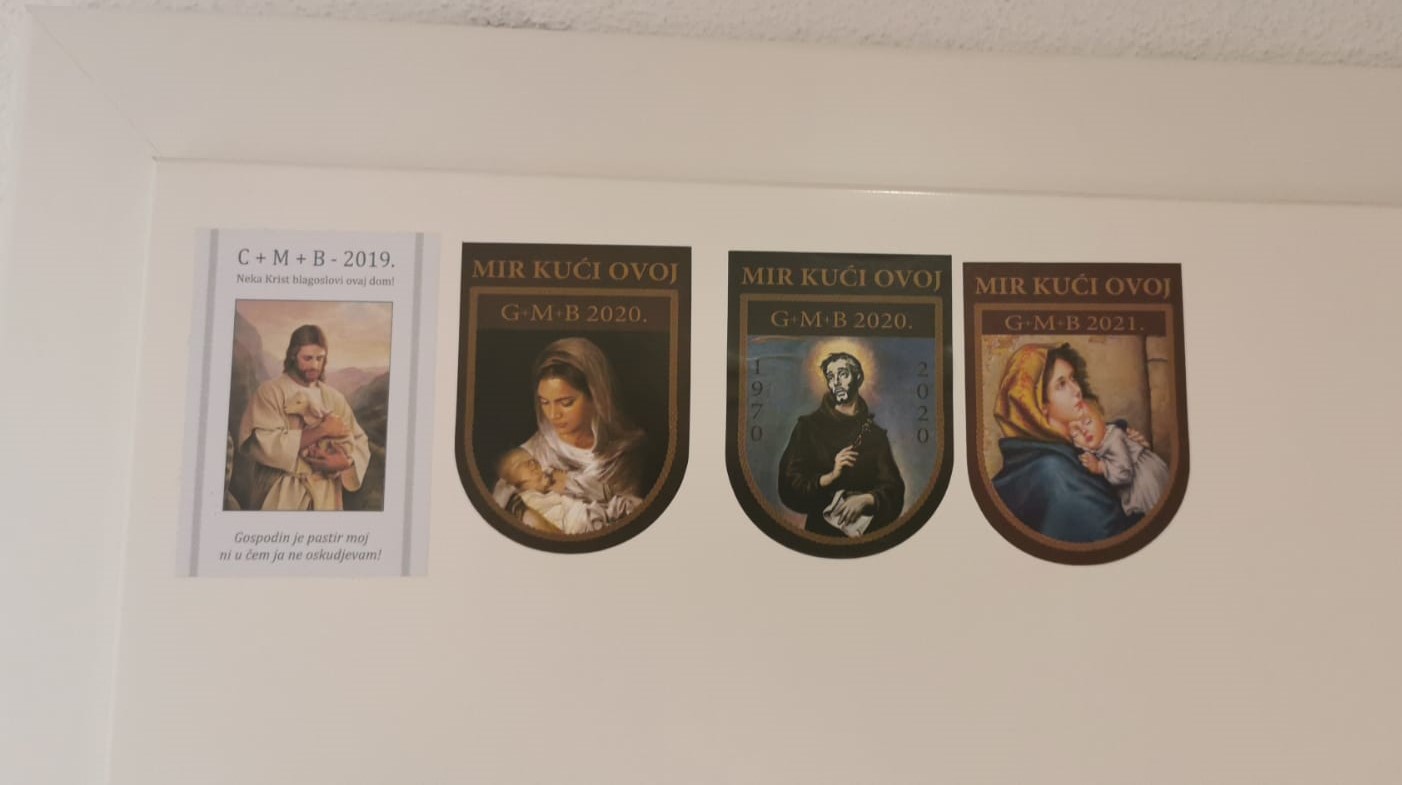 Collection of stickers marking Blagoslov obitelji (family blessing), awarded on Three Kings Day in Croatia. Note the different spelling of Saint Gaspar (Croatian) / Caspar (Latin)
Collection of stickers marking Blagoslov obitelji (family blessing), awarded on Three Kings Day in Croatia. Note the different spelling of Saint Gaspar (Croatian) / Caspar (Latin)
As part of the home blessing, it was traditional for the priest to sprinkle the home with Holy water. Also, he would write in chalk above the main entrance to the home. The chalked pattern would read 20 



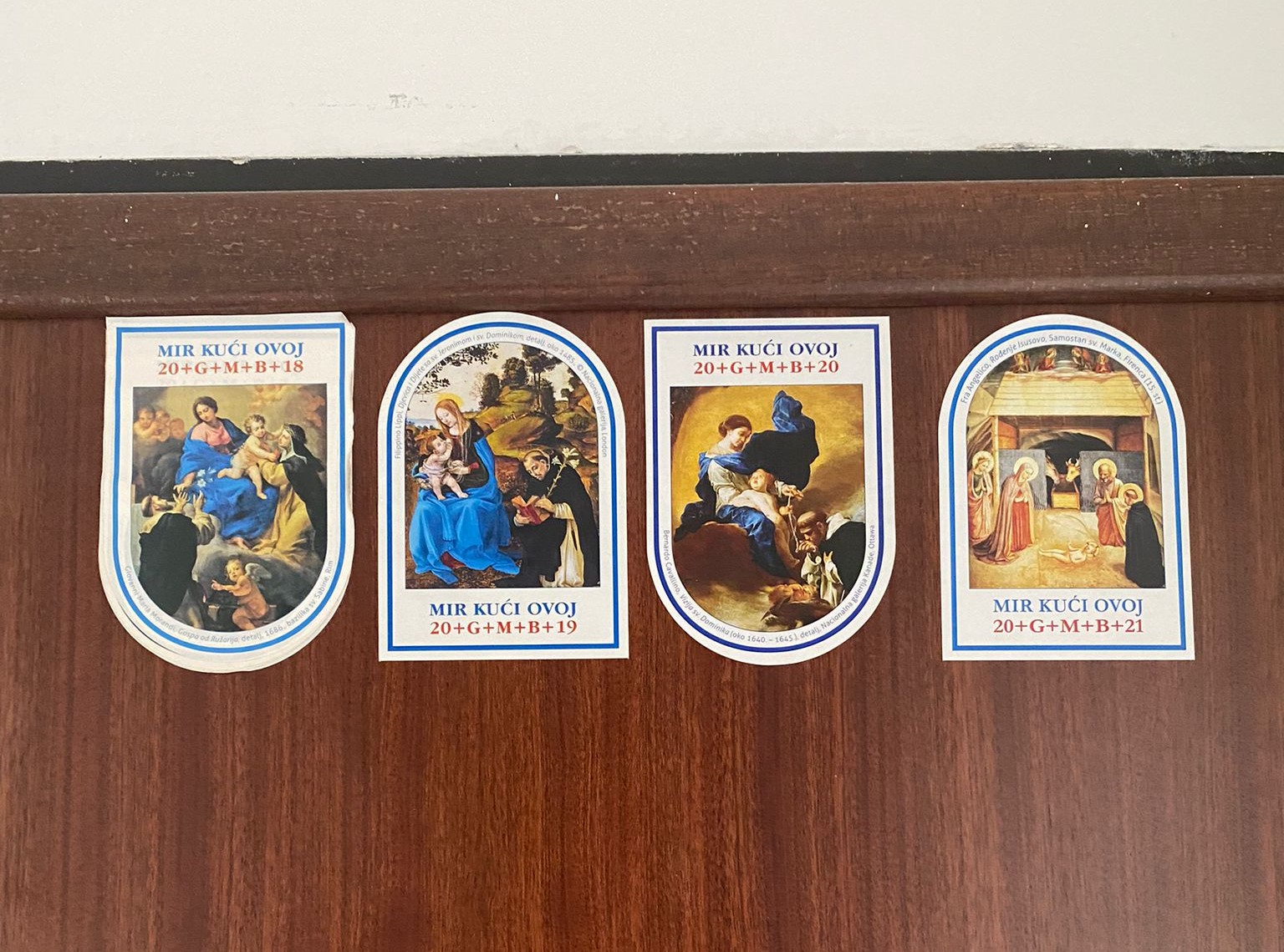 Collection of stickers marking Blagoslov obitelji (family blessing) – these will be added to on Three Kings Day in Croatia
Collection of stickers marking Blagoslov obitelji (family blessing) – these will be added to on Three Kings Day in Croatia
In the distant past of Three Kings visits, a greater significance was put on the blessing of the home and property. But, in order to diminish the supernatural aspect of ‘warding off bad spirits from the home’, the church has continuously aimed to make the blessing more about the family gathered within. These days, that is reflected in the contemporary wording of the blessing.
This family aspect of the blessing actually goes back an incredibly long way. This time of year is one of the least demanding for those who work in farming or agriculture. It was easier to gather together the full family for the blessing at this time than at almost any other during the year. This tradition still exists – it is customary for the full family to be gathered together when the priest visits.
Another tradition that persists is the cleaning of the home prior to the visit. Although, this is not only because the priest is coming. Remember, Bogojavljenje is Jesus’s revelation as the Son of God to all those outside Judea and Judaism – as represented by the Three Kings.
The Three Kings give the gifts of frankincense (signifying his origin from God), gold (signifying his royal status on earth) and myrrh (a balm, signifying that Jesus is a man). The cleaning and blessing of the home welcomes Jesus into Croatian home – as a man he walks among us.
In the modern era, it is customary for the family to give a monetary donation to the priest at the time of the visit. This is not traditional nor is it ‘payment’ for the blessing or visit. God’s blessing cannot be bought or paid for, and is not denied to anyone who asks for it – whether he had money or not. That the traditional annual donation takes place on this visit is a matter of convenience.
Non-Croatian traditions of Epiphany (Bogojavljenje) Three Kings Day in Croatia (Sveta tri kralja)
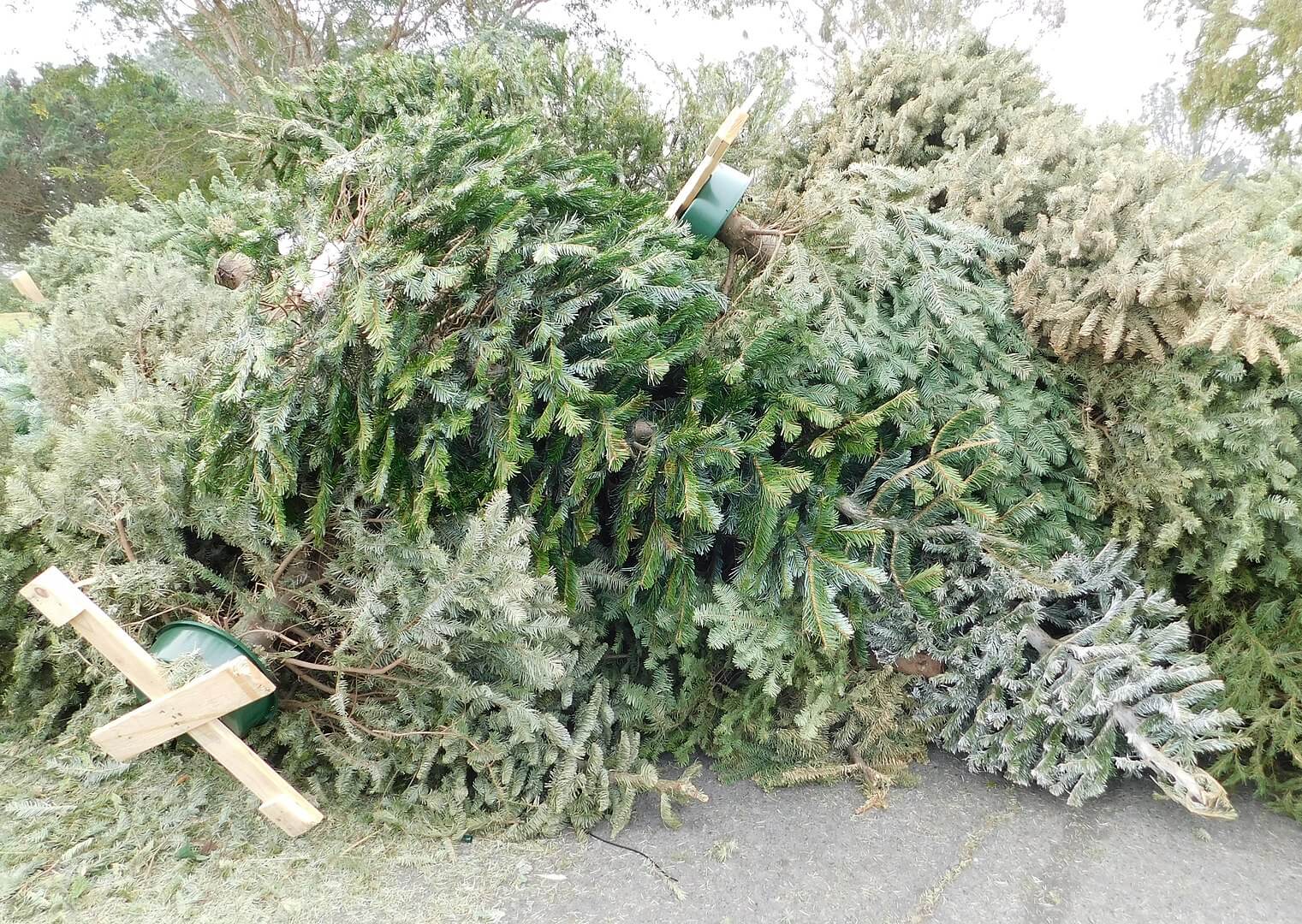 Christmas tree recycling, by Ruff tuff cream puff
Christmas tree recycling, by Ruff tuff cream puff
Bogojavljenje is one of the oldest Christian holidays marked in the Croatian Catholic calendar. The fact the day remains a national holiday in Croatia attests to its continued importance.
The laziest and most incorrect contemporary ‘custom’ attributed Croatian Bogojavljenje is that it’s the day you should throw out your Christmas tree and take down your decorations. Wrong. The second biggest modern error is to regard Bogojavljenje as the end of Christmas.
The Christmas tree is not a traditional part of Croatian Christmas. It is German. Its widespread popularity only really began from around 1850 in the UK (thanks to their German monarchy importing it) and from 1870 in the USA. Only after that did the custom travel internationally. To regard the discarding of Christmas trees as a fundamental part of a centuries-old tradition displays an extremely limited and shallow knowledge of Croatian traditions.
In fact, it is Croatian tradition for the local priest to visit the family with the home still decorated. Typically, the priest was fully embraced into the family Christmas setting when he called – jaslice (nativity), candles, log fire, decorations and all. In the past, the priest was usually offered food and drink from the family. In many instances, they would all enjoy the seasonal food together.
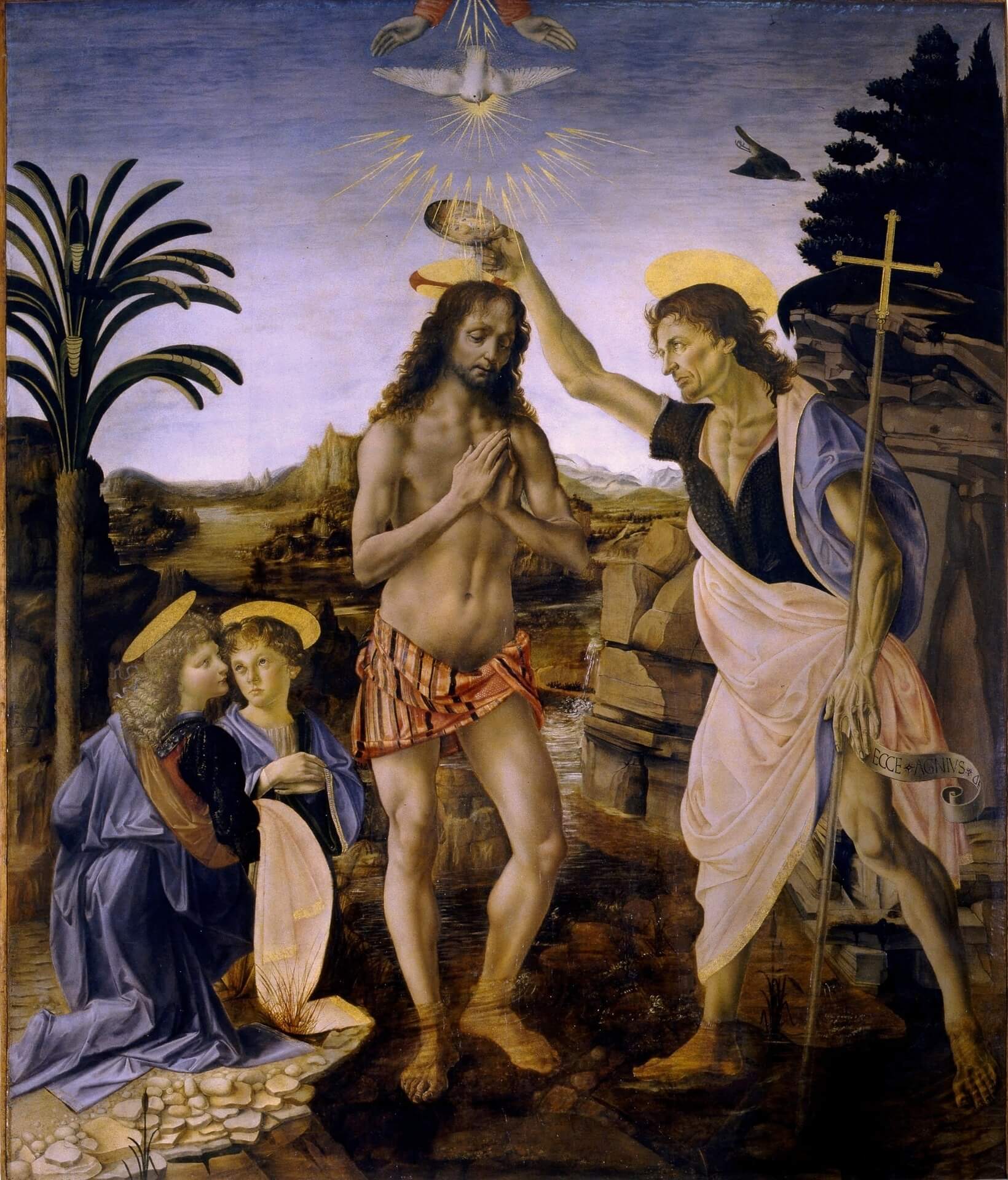 Baptism of Christ, by Leonardo DaVinci
Baptism of Christ, by Leonardo DaVinci
Advent starts on the fourth Sunday before Christmas and ends on Christmas Eve (here). Christmas begins in the evening of Christmas Eve. Like elsewhere, Epiphanytide begins on Three Kings Day in Croatia. But, that does not mark the end of Christmas. In fact for Catholics, Christmas ends officially on the Feast of the Baptism of the Lord, celebrated on the Sunday after Epiphany – Three Kings Day in Croatia (in 2022, Sunday 9 January).
Accordingly, the most traditional of Catholic houses and churches in Croatia can be seen displaying their decorations until then. Three Kings does mark the end of the ’12 Days of Christmas’, but this is a secular duration of Christmas and has little to do with Croatian tradition.
With grateful thanks to Iris Ćelić, family Kutleša / Marinić, Pater Ivan Dominik Ilicic and Marko Čurković

